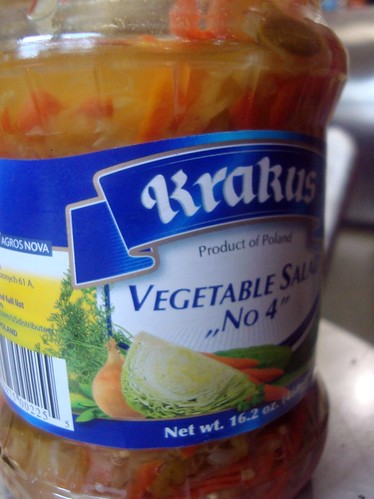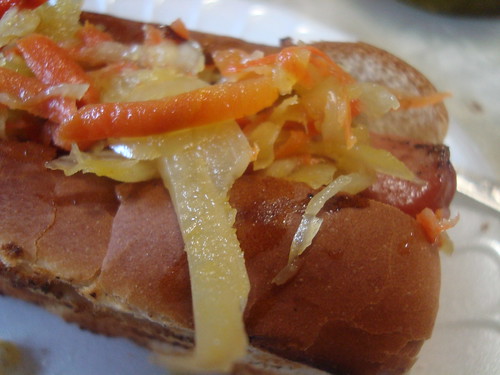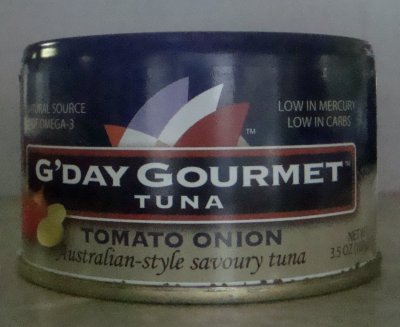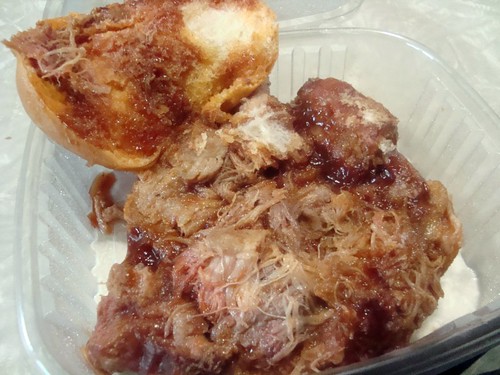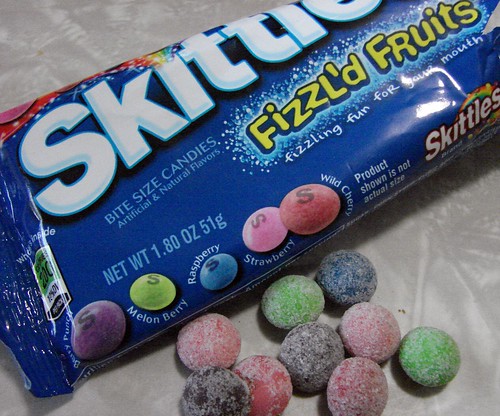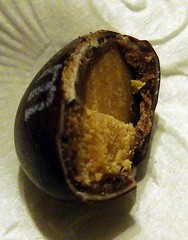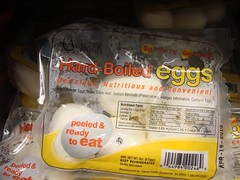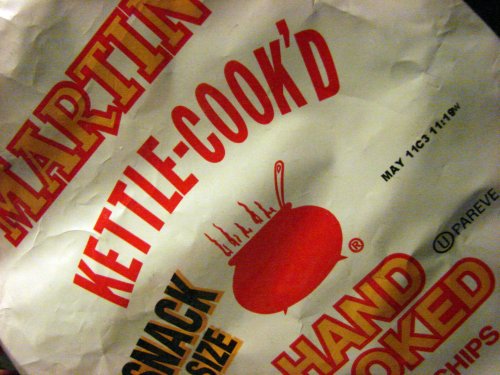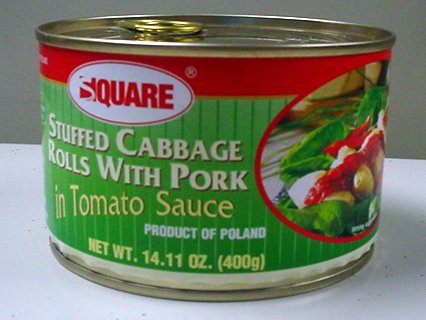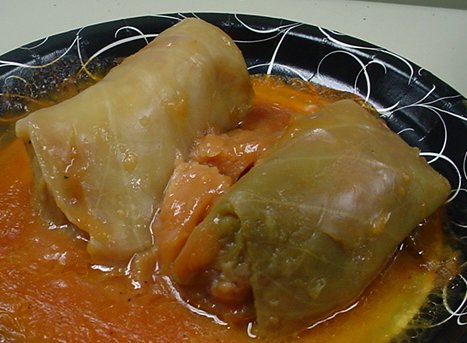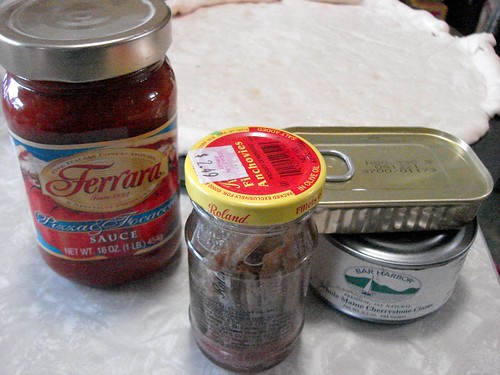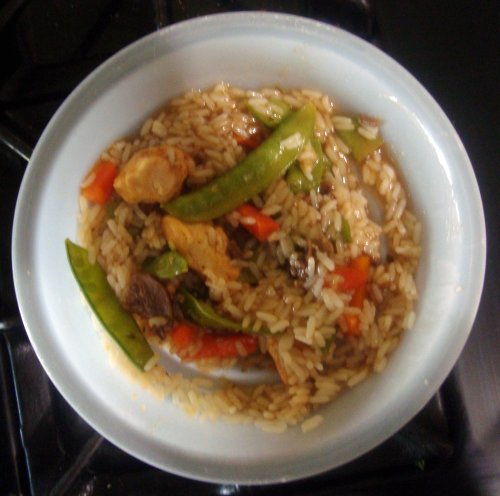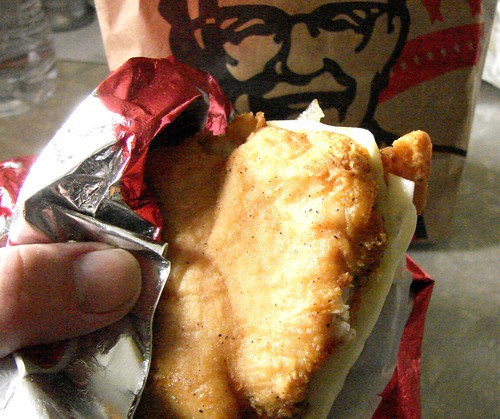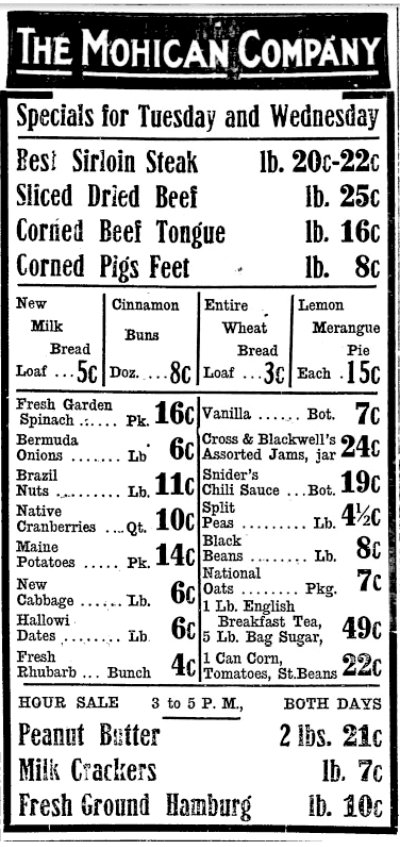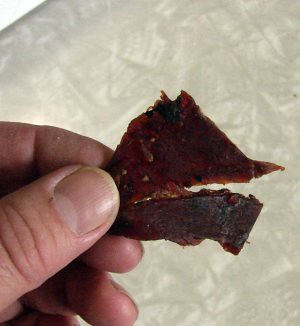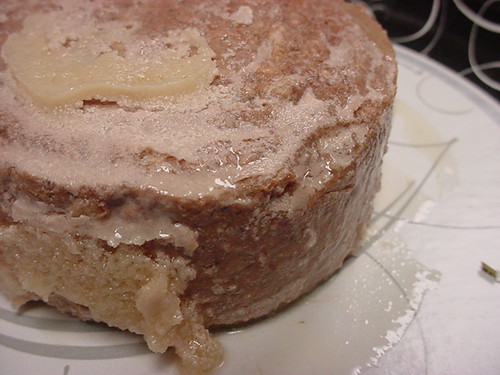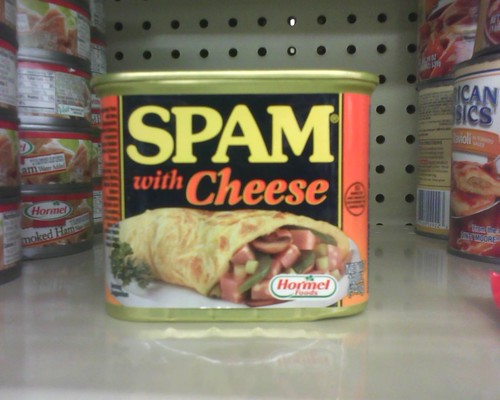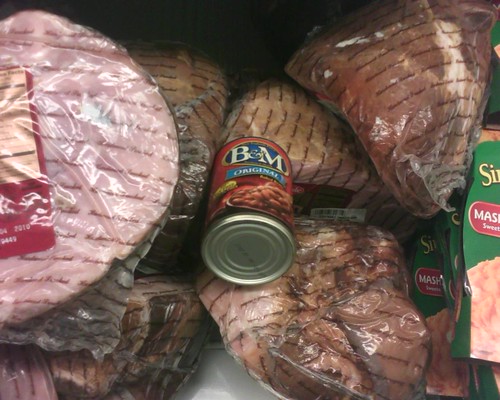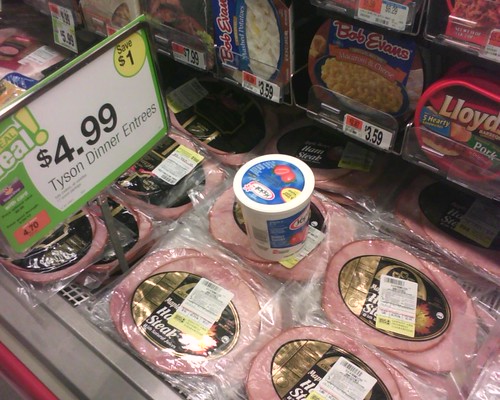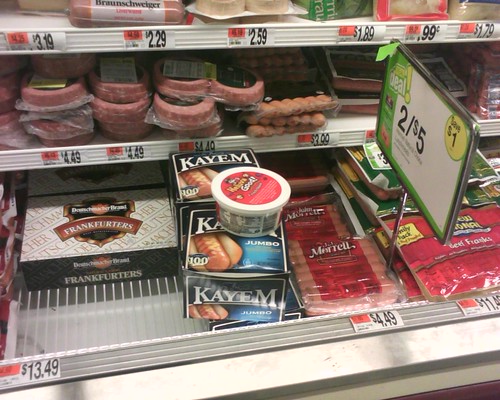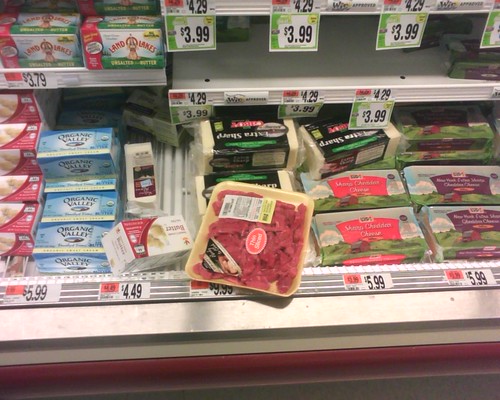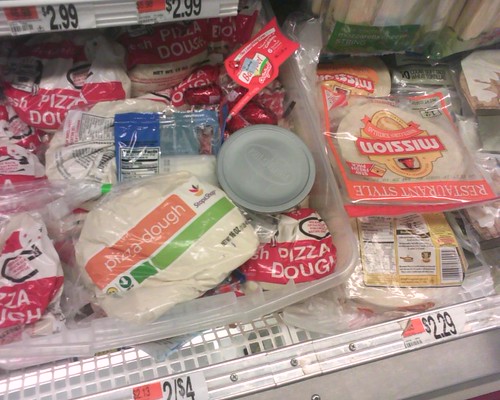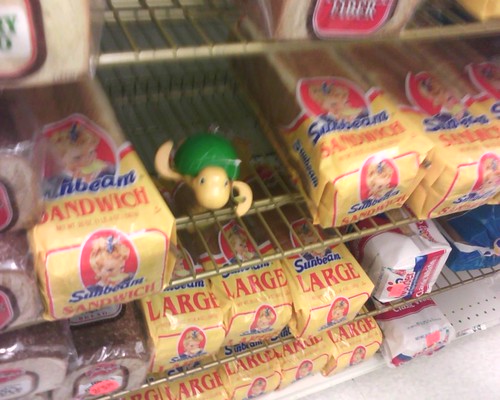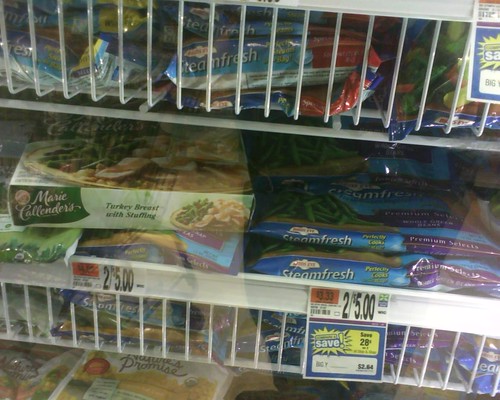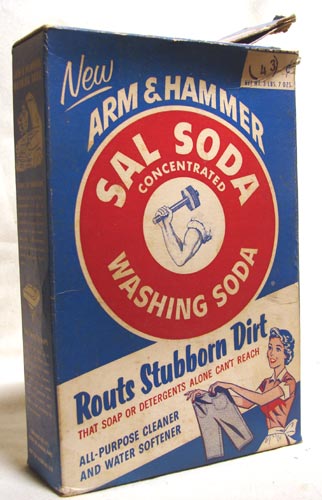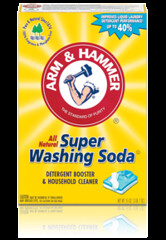This was a tough year for my capicola. I got a bit of a late start this year, which usually isn't a problem, but going into March, the temperature came up unseasonably warm and conditions in the attic where I cure the cappy got a little iffy. I kept an eye on the temp up there, and when it started breaking 60 F it had me a little worried.
As it turned out, daytime temps started hitting the high 80's and even topped 90 F for a couple days, and that short run was bracketed by several days in the upper 70's. Worse yet, nighttime temps didn't drop low enough, or fast enough, to moderate the temperature in the attic. Everything hanging there had to get to the spare refrigerator. for the last couple of weeks of curing.
I suspected we might have been too late for at least one of the capicola - when I brought them down from the attic, I noticed a single patch of mold on one of them - a fairly standard green mold, which woujld have been harmless, but with small spotty bits of what looked like a black mold mixed in, especially infiltrating the netting on the outside. It worried me, but wince there was just a few weeks left to the aging, I decided to take a chance and try to save it. I scrubbed the moldy section with a stiff-bristled brush and plenty of white wine, then patted the meat dry and stashed it in the fridge to finish curing.
I checked the capicola daily, giving it a squeeze now and then to test for firmness, waiting for that magical "just right" point where the meat isn't squishy and isn't hard, but just firm enough to resist the squeeze and just soft enough to have a bit of yield when pressed. That point finally arrived for most of the cappies a few days ago, so I took them out for the unwrapping.
All of the hot capicola came out perfect. The meat was firm and just a bit moist; the outside surfaces under the casing were dry and well-crusted with their pepper coating. There were no spots of mold on any of the hots, And the flavor was just was as good as the appearance: slightly smoky thanks to the chipotle powder, with a good but subtle burn from the chipotles and cayenne pepper - not really enough to cause any rebellion in the mouth (just a hint of fire, really) with a bold hot finish that builds as you enjoy a few slices, but never gets overwhelming or too powerful.
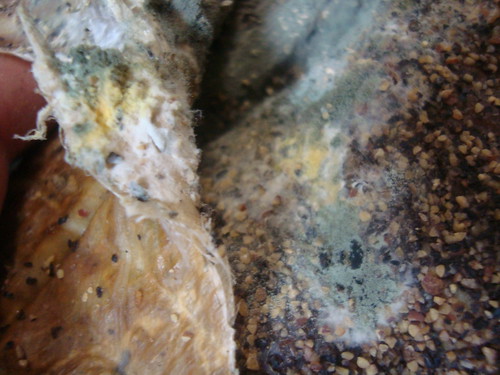 |
A closeup of the green and white molds growing on the meat.
On the left of the photo is the casing and a flap of meat being
pulled back to reveal the bright orange patch of mold growing
there. The picture doesn't do justice to the awesomely bright
yellow and orange molds found here. |
Two of the sweet capicola, however, were troubling. The one I mentioned earlier had regrown some of the mold on the exterior in the same place where I had scrubbed it previously. When the casing came off, I found out why: There was an extensive green mold colony under the casing, extending down into a crease in the meat. This was not necessarily a problem, since green and white mold are harmless and in some ways even desireable. But when I peeled back the shallow meat flap that was covering the crease, I was dismayed to find bright orange mold growing in the center of the moldy patch. Squeezing the cappy gently caused some liquified fat close to the meat to ooze out, and that was orange-red as well. There was no seasoning or pepper type in the mixture I rubbed into the meat that would have made anything to turn color this way, so into the trash it went.
A second piece of cappy went to the trash when I was trimming one end off, in preparation for vacuum-packing the product: when the knife went through, it revealed a bright orange spot on the border between the meat and the fat. Further investigation revealed that this contaminated area actually ran for quite a ways down the length of the meat. This was also not a "keeper."
 |
| Bad. |
So we ended up losing two of ten sweet capicoli, and none of the four hot. Not a bad result, I suppose, but still bothersome. This underscores, for me, the need for a better and more controllable curing area, and it is looking more and more likely that I will be picking up a small refrigerator which can be adapted into a curing cabinet which can be used year-round not only for capicola but for other cured salumi as well.
.

